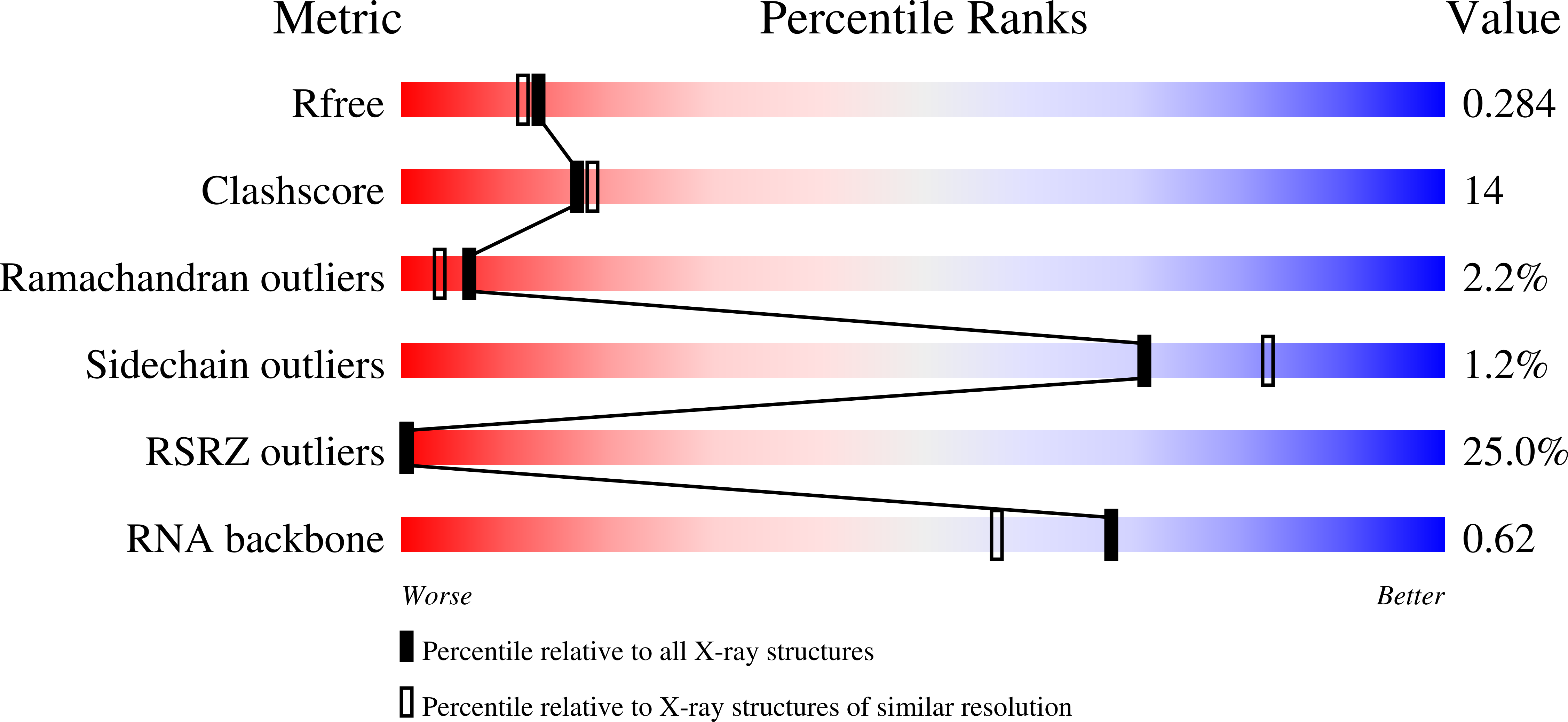
Deposition Date
2004-03-02
Release Date
2004-05-18
Last Version Date
2024-02-14
Entry Detail
PDB ID:
1SJ3
Keywords:
Title:
Hepatitis Delta Virus Gemonic Ribozyme Precursor, with Mg2+ Bound
Biological Source:
Source Organism:
Hepatitis delta virus (Taxon ID: 12475)
Homo sapiens (Taxon ID: 9606)
Homo sapiens (Taxon ID: 9606)
Host Organism:
Method Details:
Experimental Method:
Resolution:
2.20 Å
R-Value Free:
0.28
R-Value Work:
0.25
R-Value Observed:
0.25
Space Group:
H 3 2


